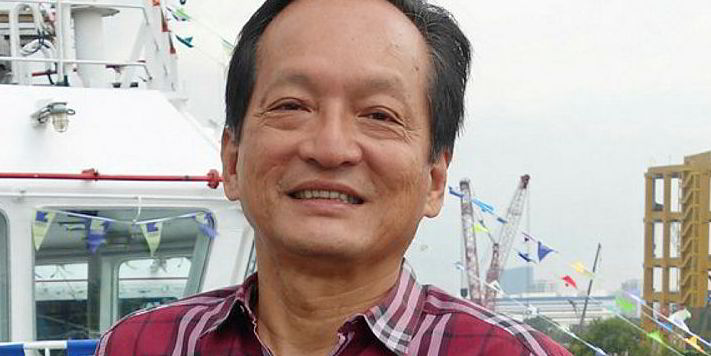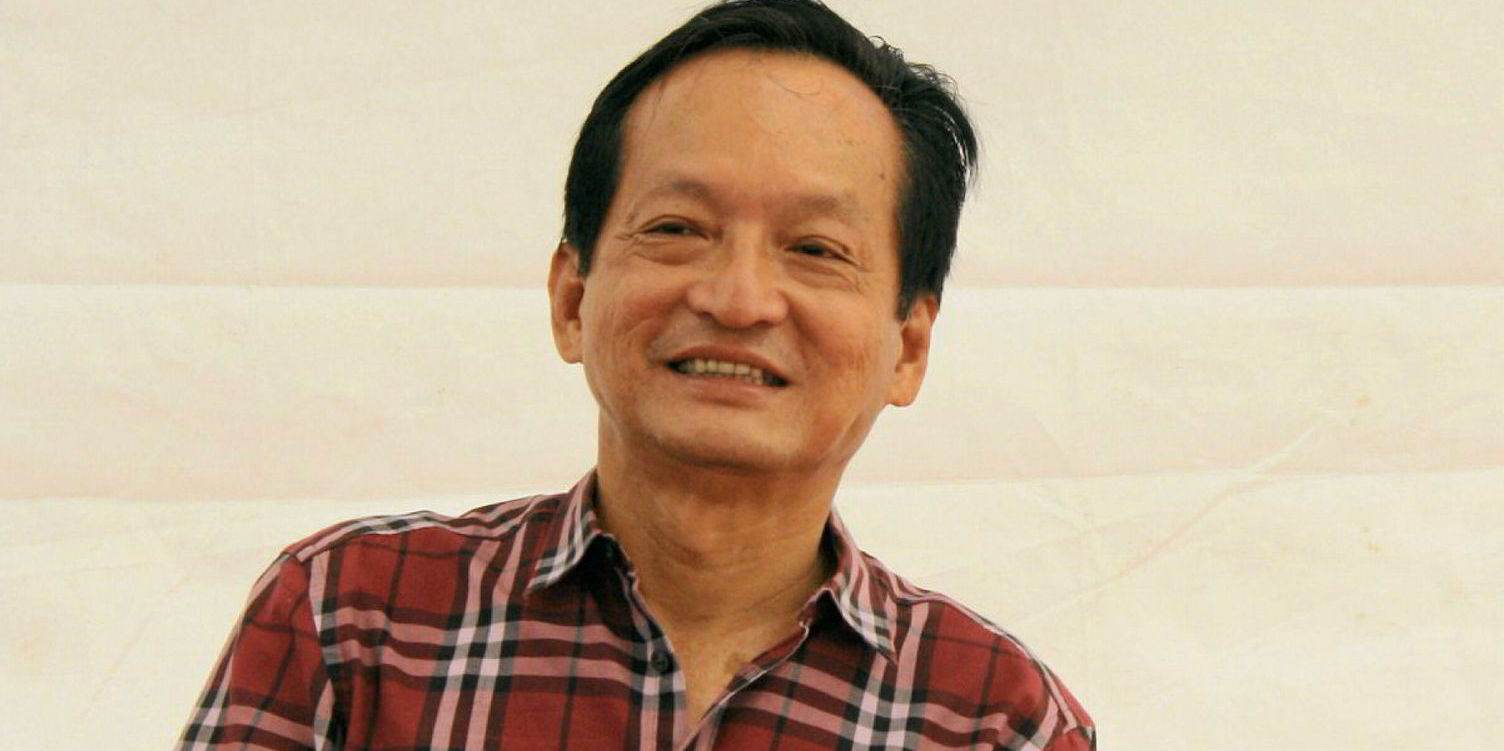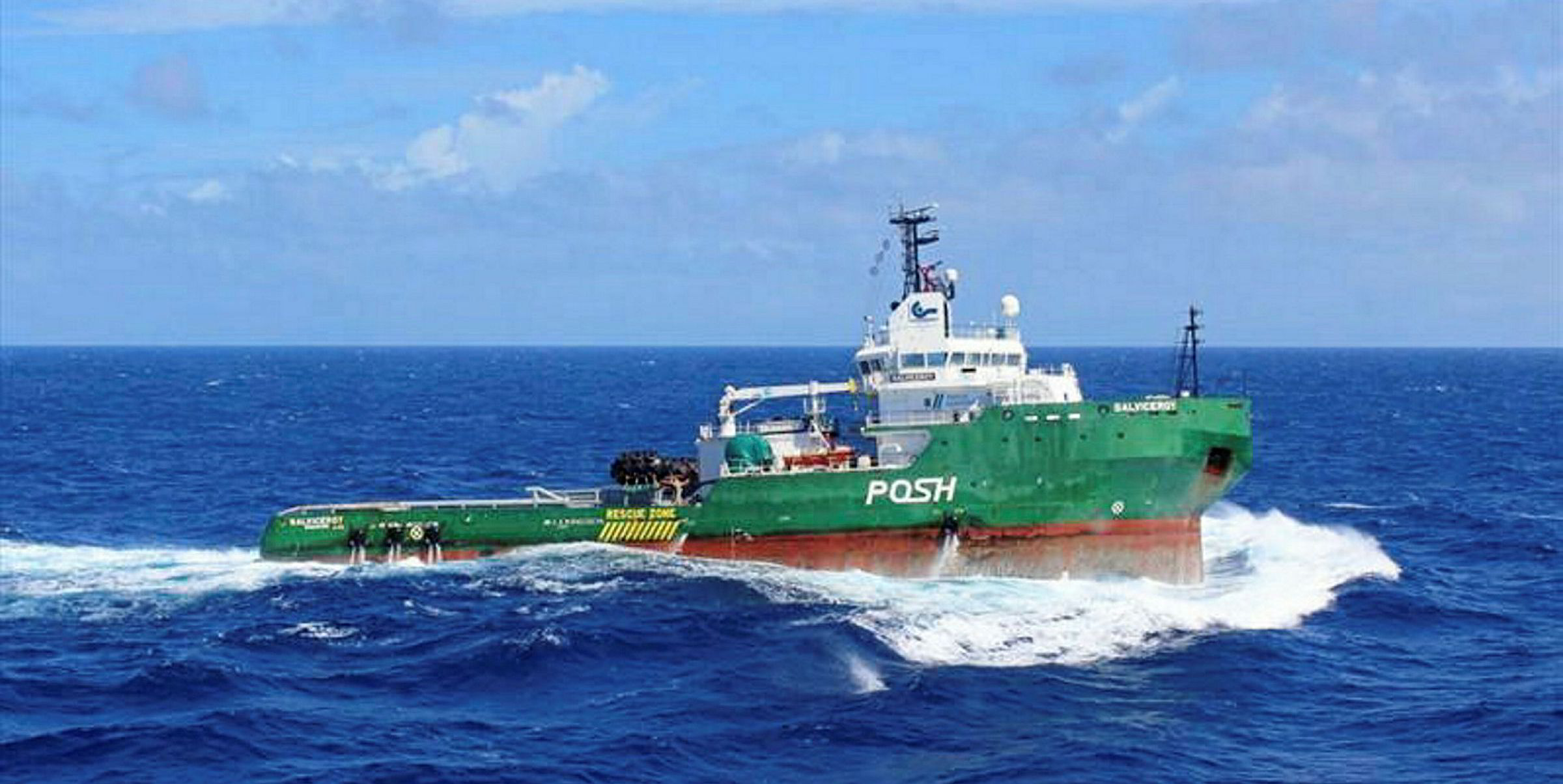Singapore’s Covid-19 "circuit breaker" has taken its toll on Kim Heng Offshore & Marine, which suffered a 46% slump in revenue.
The offshore vessel owner reported revenue for the first six months of SGD 17.7m ($12.9m), down from SGD 32.7m in the same period last year.
This was partly offset by a nearly 50% decline in costs to SGD 13m.
Despite the fall in revenue, the company was able to trim its first-half loss to SGD 1.68m from the SGD 1.92m lost in the same period of 2019.
Kim Heng confirmed that most of its construction projects have been stopped, with foreign workers confined to their dormitories by the virus. This resulted in delays to schedules, increased costs and disruption in project management.
The extent of the delays remains uncertain, it said, as the shipyard fabrication works did not resume their normal level of operations even after the circuit breaker was lifted on 1 June.
The company said it must meet “additional safety and controlled restart measures required by the authorities” and will therefore continue to face a “challenging landscape” in the near term.
Additional safety requirements
“The imposition of circuit breaker measures by the Singapore Government in April 2020 has severely impacted the group’s businesses,” it said.
“Although the circuit breaker measures have been gradually lifted, these measures will not be sufficient to restore business activities to pre-Covid-19 levels in the near term.”
Despite the poor markets, Kim Heng has been active in the offshore support vessel sale-and-purchase market in the past few months.
TradeWinds reported at the end of July that the Thomas Tan-led company had acquired a second pair of large anchor-handling tugs (AHTs).
Bridgewater Offshore, in which Kim Heng has a 51% stake, bought the 12,500-bhp Salvanguard (built 2004) and Salvigilant (built 2007) for $4.8m en bloc.
The joint venture, which is also backed by Phillip Private Equity, previously acquired two Posh Terasea AHTs — the 12,000-bhp Salveritas and Salviceroy (both built 2007) — in May.
“The aim of Bridgewater is to invest for the future in cycle positioning so as to take advantage of buying distressed assets at significant bargains with the right value,” Kim Heng said.
“These vessels acquired have to be in good working condition so that they can be deployed quickly to work and anticipated to produce growth for the company.”






